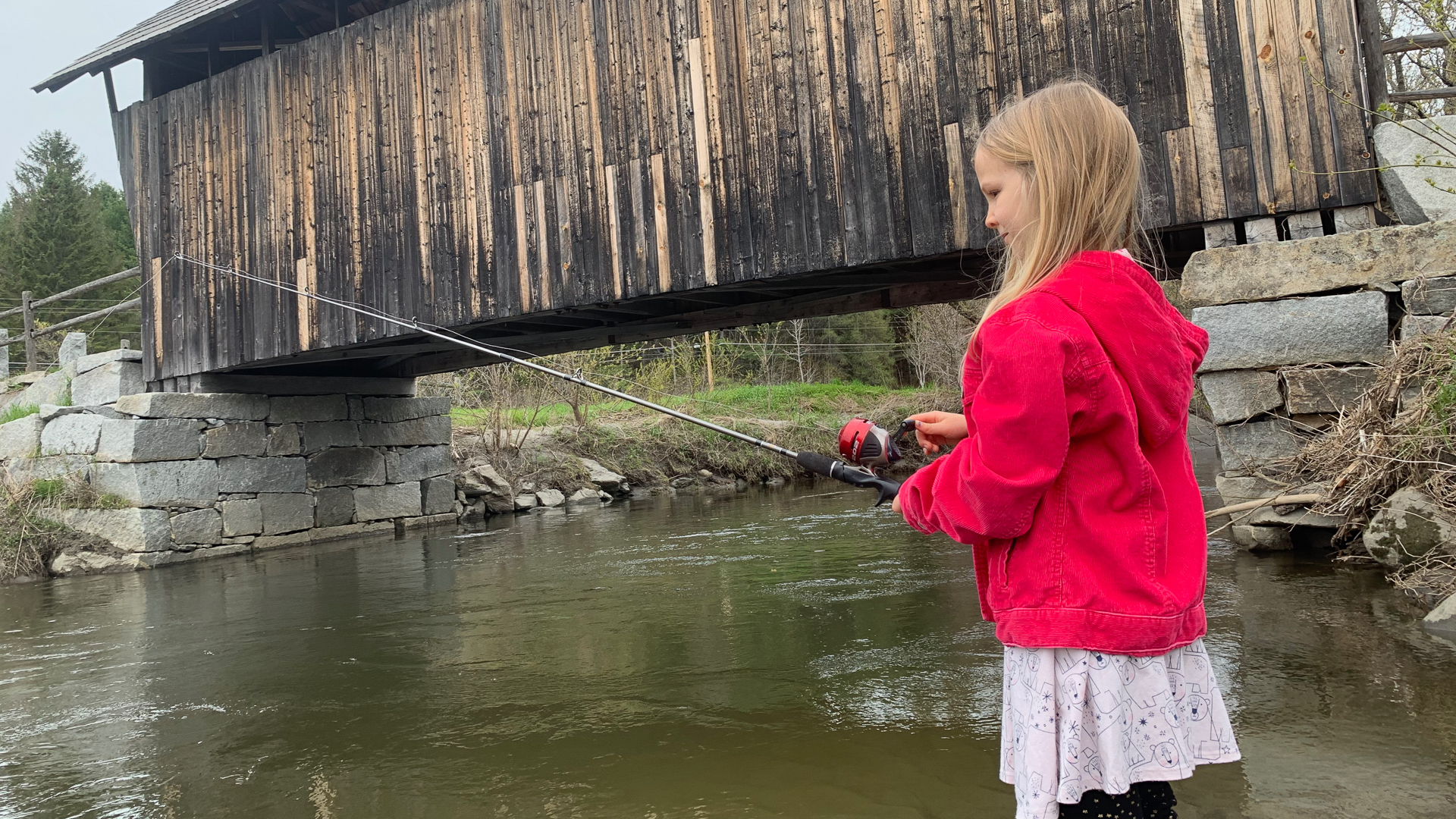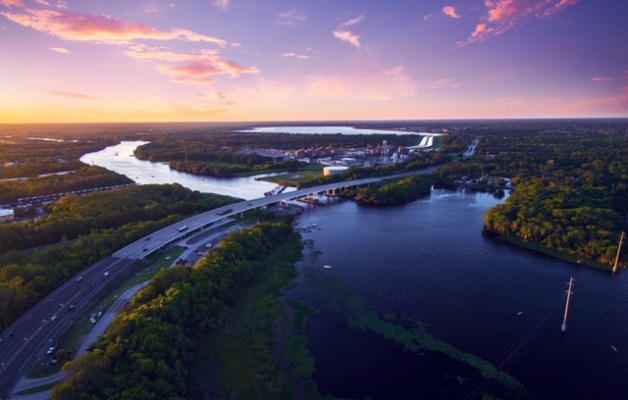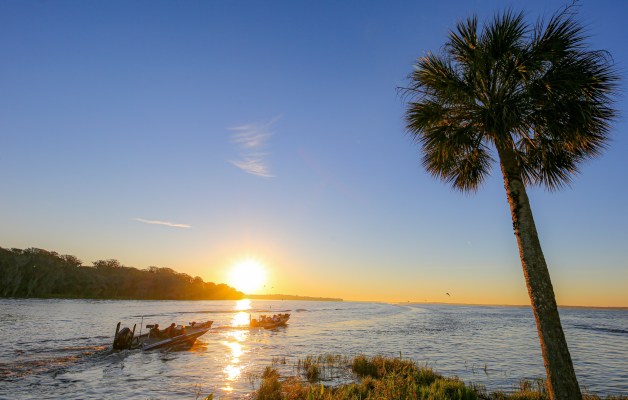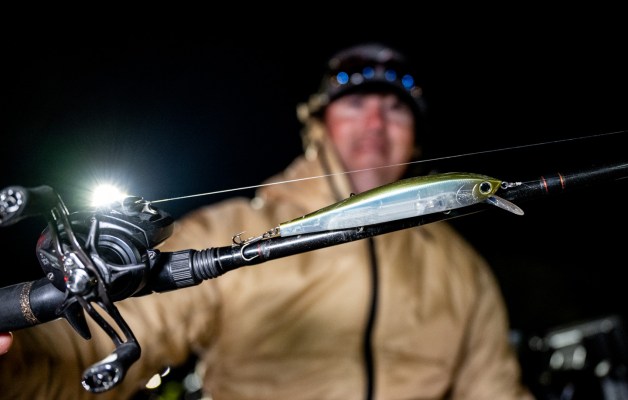
There are many dates and times of the year that folks in the Northeast look forward to: opening day of deer season, school summer vacation, Memorial Day (signifies real spring weather to many), the beginning of sugaring season, town meeting day, ski season and many others. Those are all good, but many of us most look forward to the opening day of trout season, which occurs the second Saturday of April here in Vermont.
While it’s usually still pretty chilly and can even be downright freezing, it represents something much bigger than just catching a trout. It means ice fishing is really over and we can forget about it until next winter.
We can look forward to getting the rods and reels out and in order, and maybe even start cleaning and organizing the boat. The opening day of trout season also means that bass fishing is right around the corner.
While the opening day for bass fishing is not until the second Saturday of June in Vermont, there’s still catch and release on most bodies of water, and the fishing can be outstanding for both smallmouth and largemouth.
Seasons vary widely by state and there are many different laws within each state regarding dates, species, bodies of water and size and length limits. It’s a really good idea to spend some time researching and familiarizing yourself with your state’s fishing regulations and those of any other state you plan to fish in. Everything you need to know can be found on the state’s fish and game website, as well as a wealth of other information.

Trout
Most trout fishing on the opening weekend happens on streams and rivers and involves nightcrawlers and maybe a bobber or just some split-shot sinkers. It might also involve fast-moving and cold water, but there’s still a good chance to catch a fish or two. If nothing else, it’s a day to gear up, get the family together and get the fishing season started.
Ice-out may still be happening on some lakes and ponds, but this is a great opportunity to find big lake trout feeding near the shore. It can also be a good time to head up a stream or brook and catch some rainbows or brook trout. Some of the biggest fish of the year can be caught early in the season — it just requires a little more patience.
On lakes and ponds that have thawed and are open to fishing, this is an opportunity to drag a streamer or lure behind a canoe or kayak and hope for a big brown trout. Casting from shore with spinners and other reaction baits is also productive.

Walleye
Spring walleye fishing is another season many anglers have anxiously been waiting on, and for good reason. Walleye can be a tricky species in the summer months, but they will be up shallow following the spring spawn, and this is a great time to put a trophy in the boat, and even the fryer or smoker. Walleye are known for their incredible flavor and, in my opinion, vie with crappie for top table fare among freshwater fish.
The walleye will be postspawn but still in 5 to 10 feet of water near spawning grounds, and usually not too far from their deep summertime haunts.
There are several proven techniques for this time of year. Some of the most popular are a small jighead or bucktail weighing from 1/8 to 1/4- ounce tipped with a small live minnow.
Slowly work the jig around shallow structure; the bite may be light, but the jig and minnow trick has probably caught more walleye than anything. Brightly colored crankbaits and jerkbaits will catch fish, too, as will small swimbaits and tube jigs.
However, my favorite and, to me, the most fun to fish is the old-school blade bait. I like a 1/2- to 3/4-ounce brass or silver colored bait. Move it slowly along the bottom with short hops and hang on.
Take good care of your catch, and enjoy the meal that fresh walleye serves up.

Yellow Perch
Another species that has not been talked about is the yellow perch. Late ice-out and early spring marks spawning season for perch, and large schools of fish make for a fun time.
This time of year, perch are extremely aggressive, and if you can find them, you can catch them over and over again. Look for yellow perch in both shallow and deep water. Depending on a cold front or a warm front, yellow perch may be on the move, but they will still bite.
When a warming trend hits the area, perch will migrate shallower and look to feed on juvenile baitfish, such as bluegill and other panfish. Look for areas that are not too far from deeper water where there is some type of cover available. Vegetation, rock and wood cover are key to finding perch, as the baitfish they are eating will be nearby.
When a cold front comes through, with the flip of a switch, yellow perch will move back to deeper water. They may not be on the bottom in deep water, as the common baitfish — alewives in the North — oftentimes will suspend near the surface. Use your electronics if you have them, but focus on areas where perch can get quickly to and from shallow water.
The best baits for perch are small swimbaits or other soft plastics. For a live-bait technique, reach for the old trusty nightcrawler or a small jighead tipped with a live minnow.

Bass
The most targeted species have to be smallmouth and largemouth bass. While lots of information and videos are available about catching bass, in the North, things may be slightly different. When the ice first goes out, both largemouth and smallmouth are aggressive and can be caught in big numbers.
For smallmouth bass, target deeper, rocky areas such as humps, reefs and the end of points. If you can find one, there are usually more around. The best bait would be a drop shot, swimbait or blade bait.
Largemouth bass after ice-out will look to get shallow as soon as they can feel the water warming. Look for areas near shallow flats where they can move in and out quickly, and if the areas have grass and rock, it’s even better. For largemouth, moving baits such as a spinnerbait or a bladed jig are good for when the water is warming. When it gets colder, you may have to slow down with jigs to present a slower-moving meal.
As the spring moves along and the water warms, both largemouth and smallmouth will look to get shallow as soon as possible. Prior to the spawn, baits such as jerkbaits, swimbaits, Ned rigs or other moving baits will do the trick. Old reliable is a tube bait rigged on a jighead. Fish around shallow rocky/sandy areas for smallmouth and shallower vegetation with some rock and wood for largemouth. They will be near the areas where they will be spawning.





